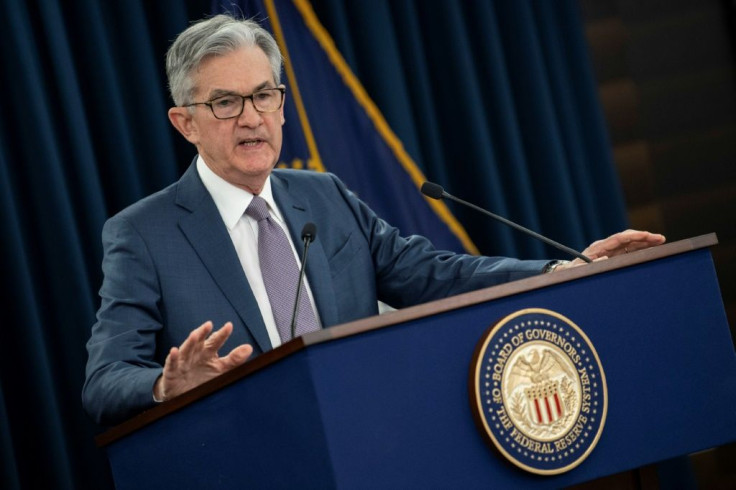Fed Announces Unprecedented $2.3 Trillion Lending Program to Aid Cities, States and Small Businesses

KEY POINTS
- The Fed announced a new slate of lending programs totaling $2.3 trillion
- These will be primarily targeted at cities, states and small businesses
- These measures go much farther than what the Fed did during the 2008 financial crisis
Amid a collapsing economy and a double-digit unemployment rate, the worst since the Great Depression, the Federal Reserve announced a new $2.3 trillion lending program to try to cushion the blow from the COVID-19 pandemic. The Fed plans to purchase up to $500 billion in short-term debt directly from states, the District of Columbia, counties with at least two million residents, and cities with a population of at least one million.
The Fed also plans to become much more aggressive than it was during the 2008 financial crisis, as it is now buying debt from large corporations and states, something it has never done before in its history. It will soon begin purchasing up to $750 billion in corporate loans from big businesses that had at least an investment-grade rating on March 22, which will likely exclude large struggling companies like Macy’s.
In an attempt to aid midsized companies, the Fed will purchase up to $600 billion in loans from banks who lent to businesses with 10,000 employees or less. The Small Business Administration’s Paycheck Protection Program has struggled with its rollout since its creation on April 3, and the Fed has pledged to backstop the loans in this program.
Businesses with under 500 employees are able to get loans up to $1 million through the program, but many small business owners have complained about the bank not taking applications and creating too much red tape between their small businesses and the loans they desperately need.
Additionally, the Fed announced that it would expand the classes of debt allowed into the Term Asset-Backed Securities Lending Facility. This enables the Fed to lend money to investors in order to purchase securities backed by consumer debt like credit card loans, and $100 billion will be available for the program.
In a statement released along with this announcement on April 9, the Federal Reserve stated that it “remains committed to using its full range of tools to support the flow of credit to households and businesses to counter the economic impact of the coronavirus pandemic and promote a swift recovery once the disruptions abate.” So this may not be the last unprecedented lending program to come out of the Fed during this crisis.
© Copyright IBTimes 2025. All rights reserved.





















